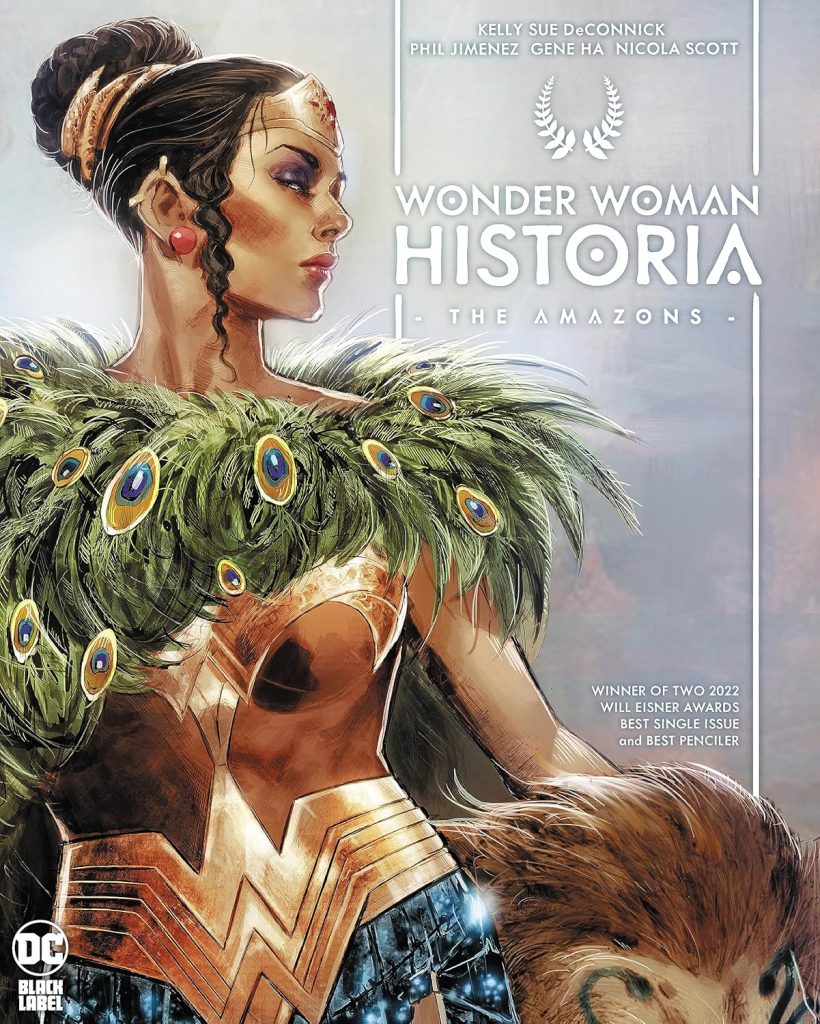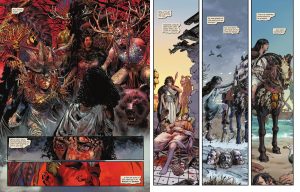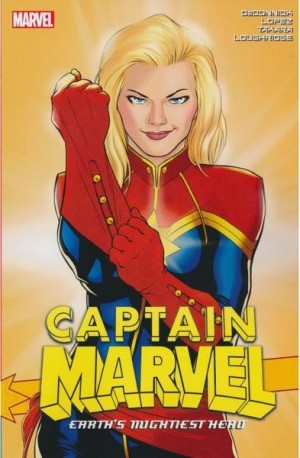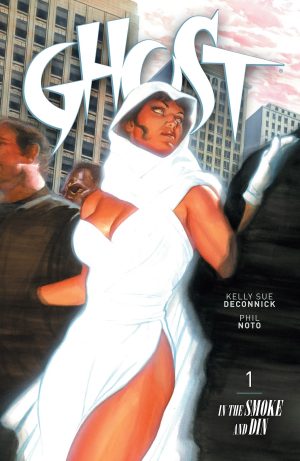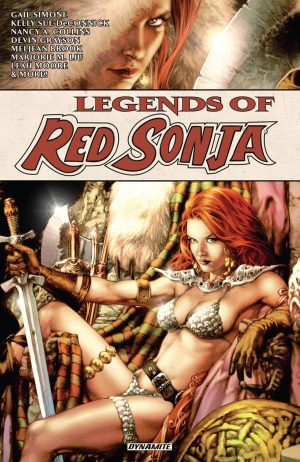Review by Ian Keogh
While the origin of the Amazons from whom Wonder Woman eventually emerged has been investigated before, never has it been treated with such depth and artistic elegance.
Kelly Sue DeConnick begins with the Greek goddesses telling Zeus they’ve had enough of women on Earth being subjugated, a statement that falls on deaf ears. Having been ignored, the goddesses plot a rebellion by giving the souls of all women killed by violence a second chance at life, seeding them on Earth blessed with gifts from the goddesses themselves, and each of five goddesses mentoring a tribe. Phil Jimenez illustrates this with the most magnificent art from a career not short of highlights. Via composition, detail and a smidgen of other-worldly strangeness he successfully creates a landscape of awe and wonder, the final seal being the bright colouring. Three colourists are credited, so unfortunately Romulo Farjado Jr., Arif Prianto or Hi-Fi is responsible for this section.
Hippolyta is introduced in the opening chapter as a mortal woman, and when Gene Ha takes over the art for the middle section she’s searching for the Amazons who have an agenda of saving women. It’s feared their actions will draw the attention of the gods. Ha also supplies visual nobility, but adding human dignity to the Amazons and their purpose. Due to a condition cleverly preset by DeConnick, much of the story is set during moonlit night, and in combination with colourist Walden Wong Ha’s approach is a lush painted look. It’s beautiful in places.
The first chapter raises some questions about Hippolyta and the Amazons, and DeConnick provides answers to most in the second as she sets up the third. Much about the creation of the Amazons occurs in secret, and when the secrets are revealed the conflict begins.
DeConnick feeds a clever piece of visual symbolism to Nicola Scott drawing the third chapter’s first encounter between the Amazons and a higher force. It proves a collective lesson in not meeting your enemy on their own terms if at all possible. Scott gets to draw the gods in their full fury, whereas the other artists haven’t needed the complete emotional range, yet she also supplies elegant designs and in some ways has the most difficult task because she’s bringing an attractive style to what’s slaughter in places.
While you’re distracted by the fantastic art throughout, DeConnick supplies her own wizardry. The Greek gods have been around for millennia, yet she invests their complicated characters with if not human awareness, then with motive. You might not like the way they behave, but unlike many of the old stories, it’s easily understood why they do. The exception to that is Hera, where understanding of her aloofness arrives only toward the end, but once revealed it’s masterfully handled.
This is an beautiful looking book bringing new life to very old characters. Stunning all round.
